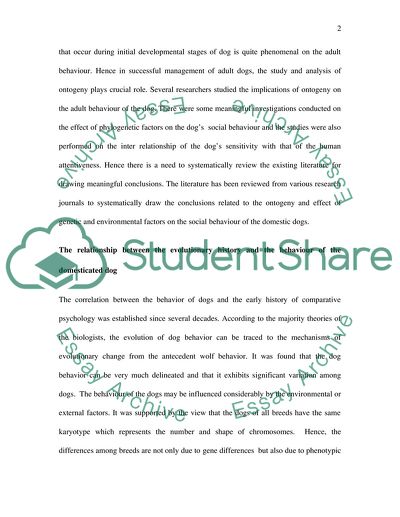Cite this document
(“The Role of Ontogeny in the Development of Social Behavior within the Literature review”, n.d.)
The Role of Ontogeny in the Development of Social Behavior within the Literature review. Retrieved from https://studentshare.org/biology/1733433-the-role-of-ontogeny-in-the-development-of-social-behaviour-within-the-domestic-dog
The Role of Ontogeny in the Development of Social Behavior within the Literature review. Retrieved from https://studentshare.org/biology/1733433-the-role-of-ontogeny-in-the-development-of-social-behaviour-within-the-domestic-dog
(The Role of Ontogeny in the Development of Social Behavior Within the Literature Review)
The Role of Ontogeny in the Development of Social Behavior Within the Literature Review. https://studentshare.org/biology/1733433-the-role-of-ontogeny-in-the-development-of-social-behaviour-within-the-domestic-dog.
The Role of Ontogeny in the Development of Social Behavior Within the Literature Review. https://studentshare.org/biology/1733433-the-role-of-ontogeny-in-the-development-of-social-behaviour-within-the-domestic-dog.
“The Role of Ontogeny in the Development of Social Behavior Within the Literature Review”, n.d. https://studentshare.org/biology/1733433-the-role-of-ontogeny-in-the-development-of-social-behaviour-within-the-domestic-dog.


